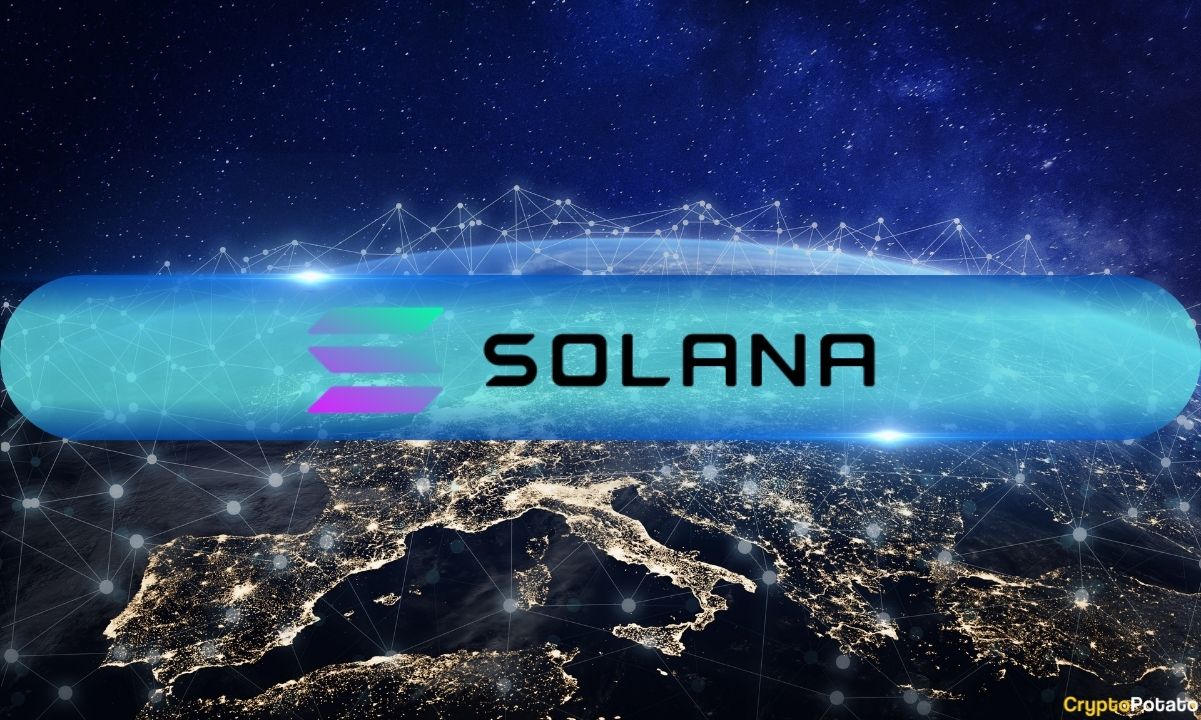DePIN Projects Surge Amid AI Growth and Market Opportunities

Decentralized Physical Infrastructure Networks (DePIN) have witnessed remarkable growth over the past year, significantly outpacing the broader crypto market, which itself doubled in 2024. This surge can largely be attributed to the increasing prominence of artificial intelligence (AI) on a global scale. Despite this rapid expansion, DePIN currently captures less than 0.1% of its potential addressable market, which exceeds $1 trillion. As decentralized networks continue to outperform centralized corporations by offering faster and more reliable services, projections suggest that DePIN could grow between 100 to 1000 times in the next decade, according to a recent report by Messari.
The competitive landscape of DePIN is intensifying, particularly with the rise of Solana and Base, which have been gaining market share. Interoperability solutions such as Wormhole and LayerZero are facilitating multi-chain strategies for DePIN projects, thereby expanding their user bases while also fragmenting liquidity. Messari notes that Solana’s focus on latency has attracted innovators at the infrastructure level, while Coinbase’s strong brand has drawn consumer-focused founders to Base. Early-stage venture capitalists are heavily investing in DePIN, with pre-seed and seed funding surpassing Series A rounds, indicating a robust interest in this sector.
Looking ahead, DePIN is poised for further growth, especially in 2025, as regulatory clarity may remove significant barriers for investors and innovators. Pantera Capital and Grayscale Research have both highlighted DePIN as a critical focus area, with the latter including it in its Top 20 crypto investment list. Additionally, local governments are increasingly utilizing DePIN to tackle infrastructure challenges, such as enhancing AI sovereignty in Tanzania and addressing the digital divide in Mexico, which not only resonates with voters but also aids in securing electoral victories.
Related News





